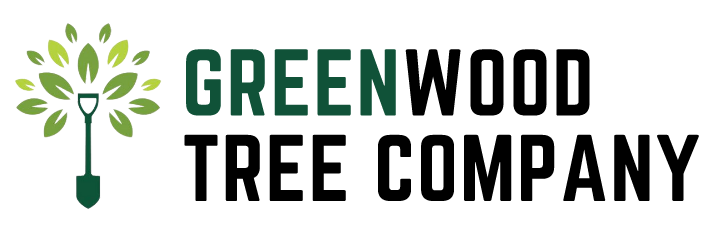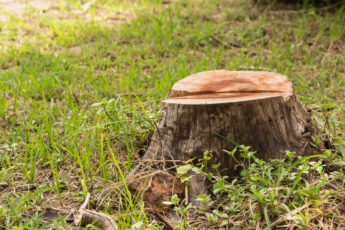Canada has a very harsh winter season. Strong winds and heavy rain caused many trees and branches to fall, often onto nearby properties. The question arises: who is responsible for repairing the damage? The answer is complex,variable, and can be based on several factors.
Whose tree is this?
Before determining who is responsible for damage caused by a falling tree or branch, you need to figure out who owns the tree: You own the tree if 100% of the trunk is on your land. A tree belongs to your neighbour if the trunk is on their property. If any part of the trunk is located on the property line, then the tree is deemed a boundary/shared tree.
Who Is Responsible for Fallen Tree Damage?
You may not be held liable if your tree or any part of it falls on your neighbours’ property and causes damage through no fault of yours (for example, due to inclement weather or an “act of God”). Your neighbours must then file a claim with their insurance company to receive compensation for their losses.
Property Ownership and Maintenance
In many cases, the blame for tree damage depends on who owns and maintains the property. Property owners are often required to take good care of the trees on their property. This entails regular inspections, maintenance procedures including trimming and pruning, and prompt response to possible danger signs.
However, the definition of neglecting tree care can vary depending on the situation and the individual. Essential factors determining culpability include the tree’s health, visibility of potential hazards, and compliance with local laws. If trees are not maintained according to the standard of authority, the property owner may be liable for any damage caused.
Natural Events and Acts of God
While landowners are generally responsible for maintaining the trees on their property, they may not be responsible for damage caused by unforeseen acts of God or natural disasters. Falling or uprooting trees due to storms, hurricanes, lightning strikes, or other extreme weather events can cause uncontrollable damage.
In such situations, the “force majeure” doctrine is often invoked, absolving property owners from liability for damages caused by unusual events. However, this exemption is not unconditional and can be interpreted differently depending on the situation. Courts may consider factors such as the health and structural integrity of the tree before deciding whether the property owner could have reasonably prevented the damage.
Adjacent Property and Encroachment
Disputes over tree damage can also arise between nearby property owners, especially when trees cross boundaries or encroach on other properties. In such situations, assessing who is responsible requires consideration of property rights, property boundaries, and the extent of intrusion.
Even if the tree is on a neighbour’s property, property owners often have the right to trim or remove encroaching branches or roots that threaten their land. But care must be taken not to unnecessarily damage the tree or trespass on a neighbour’s property without permission.
A person whose property is damaged by a tree in your yard must notify their insurance company and file a claim.
Additionally, if atree is pruned by arboriculture standards and then accidentally falls on your neighbour’s house, your neighbour’s insurance will cover the damage. However, if you are found to have improperly pruned thetree, you may be held liable.
If a tree or branch falls and damages property because you neglected to maintain it (for example, if the tree died or a rotting branch fell and you knew in advance that it was harmful), you may also be subject to legal liability.
If a city-owned tree causes damage to your property, contact your local municipality immediately to see what action they recommend. They’ll send a crew to clean up the mess for free. If they knew in advance that the tree was sick, they could also be required to cover their losses.
If the tree belonged to your neighbour, your insurance company might have a claim against the neighbour’s insurance company for reimbursement.
Is Damage to Other Landscaping Covered?
You will be responsible for clearing debris from your property if your neighbour’s tree/branch lands in your yard. Damages to landscaping, including shrubs or trees are typically covered by home insurance. Under your home’s policy, you can replace each damaged plant up to a specific dollar amount, but only if the damage was caused by natural disasters such as hurricanes or lightning or by unauthorized persons such as vandals or car accidents.
Tree Damage to Cars
If you have comprehensive car insurance and a tree falls on your car, your auto insurance should cover the damage. You must provide evidence of your neighbour’s negligence if you do not have full insurance coverage.
If the other person’s car has comprehensive insurance, their insurance should cover any damage caused by your tree falling on it.
Finally, be sure to read your insurance policy carefully and ask any questions you may have about coverage to your independent insurance agent.
The Takeaway
Understanding property rights, negligence, and nuanced legal principles is essential to determining who is responsible for tree damage. While it’s usually the property owner’s responsibility to maintain their trees and repair any damage they cause, things like encroaching roots or branches can make things more difficult.
Conflicts arising from tree damage can be reduced through open communication, proactive management, and a commitment to resolving disagreements fairly. By being aware of their respective rights and responsibilities, neighbours can work together to protect their property and preserve the aesthetic value and benefits of trees in their neighbourhoods.







